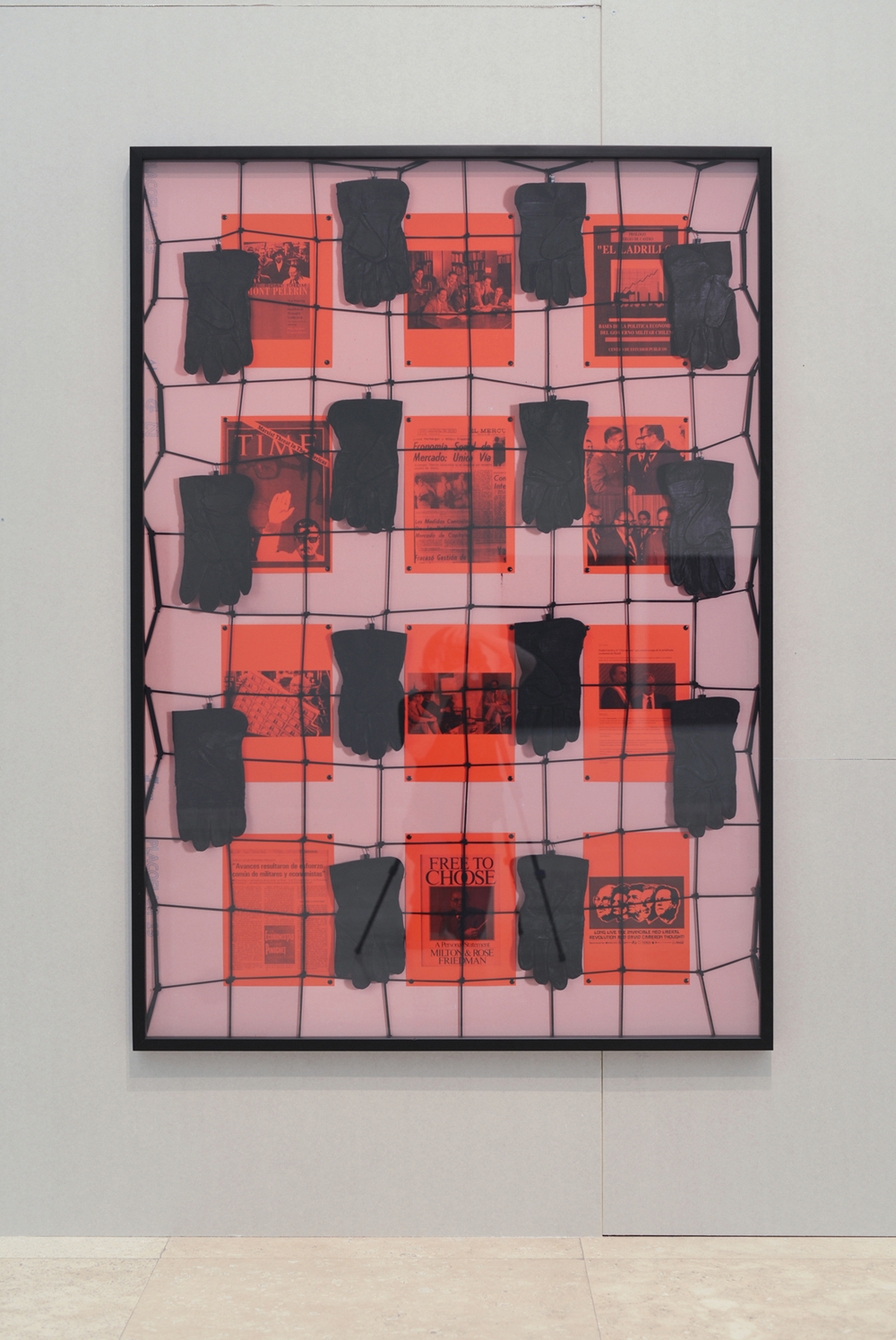Esto es lo verdadero
curated by Adonay Bermúdez
Museo Extremeño e Iberoamericano de Arte Contemporáneo (MEIAC), Badajoz, Spain.
Opening: November 21, 2025.
Participating artists:
Tania Candiani (Mexico), Alejandro de la Guerra (Nicaragua), Regina José Galindo (Guatemala), Patrick Hamilton (Chile), Abel Jaramillo (Spain), Voluspa Jarpa (Chile), Teresa Margolles (Mexico), Nuno Nunes Ferreira (Portugal), Lotty Rosenfeld (Chile), Acaymo S. Cuesta (Spain), Avelino Sala (Spain).
Two hundred years ago, Francisco de Goya, moved by the atrocities of the Spanish War of Independence (1808–1814), created a series of 82 etchings entitled The Disasters of War. Through etching, the artist presents a whole amalgam of scenes that depict and reflect upon violence, violation, forced displacement, political repression, and death. Goya shakes the viewer, confronting them with the many consequences of conflict and its impact on society itself—an attitude grounded in public denunciation and civic commitment. As the American philosopher and essayist Susan Sontag pointed out:
Undoubtedly, what stands out is Goya’s concern with focusing on the victims, something quite unusual in the war iconography of the time. The public was—and still is—accustomed to taking pleasure in depictions of the victors, where the presence of the defeated—if they appear at all—remains in the background. Goya omits heroism and triumph, directing the focus toward pain and injustice: a necessary and timeless reflection on the human condition and the brutality inherent in warfare.
From this collection of prints, it is worth highlighting the very last one—entitled This Is the Truth (Esto es lo verdadero)—the only image that conveys serenity and hope. The artist presents a gentle scene, populated by vigorous figures and elements of tilling and harvest. It speaks of abundance, of the future, and—especially when seen in contrast with the preceding prints—of change. Thanks to truth (the true), the people are capable of transforming reality, of proposing an alternative that allows them to be a little freer.
It is, therefore, of utmost importance for understanding the revolutionary phenomenon in modern times not to forget that the idea of freedom must coincide with the experience of a new beginning.
This Is the Truth proposes a constellation of parallel readings of official historical narratives and, in doing so, questions and dismantles the structures of legitimized knowledge. It distances itself from that mechanical memory generated by repetition—so thoroughly discussed by the French philosopher Henri Bergson—re-evaluates the concepts of victor and vanquished, reveals the power of civic resistance, and proposes a re-writing of history itself.

